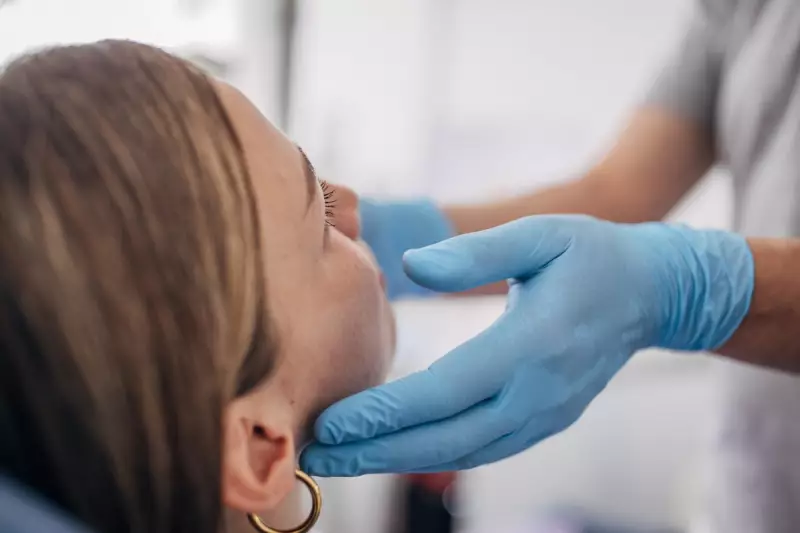
That occasional pink tinge in the sink after brushing might seem insignificant, but dental experts warn it could be the first whisper of a common yet potentially serious condition affecting millions of Britons. Gingivitis, the early stage of gum disease, often manifests through subtle signs that many dismiss as normal.
The Hidden Symptoms You're Probably Missing
While bleeding gums remain the most recognised symptom, several other warning signs frequently go unnoticed:
- Persistent bad breath that won't disappear despite regular brushing
- Gums appearing red or purple rather than healthy pink
- Tenderness when brushing without visible bleeding
- Swollen or puffy gum tissue that feels different to the touch
- Receding gum lines creating the appearance of longer teeth
Why Early Detection Matters More Than You Think
"Many patients assume bleeding gums are normal, especially if they've just started flossing," explains dental surgeon Dr. Nigel Carter. "But inflammation is never normal - it's your body's distress signal."
Left untreated, gingivitis can progress to periodontitis, where the infection damages the bone supporting teeth. Research increasingly links chronic gum inflammation to broader health concerns including cardiovascular disease and diabetes complications.
Simple Steps to Reverse Early Gum Disease
The good news? Gingivitis is entirely reversible with consistent care:
- Master your brushing technique - angle brushes at 45 degrees toward gums
- Don't skip flossing - it removes plaque from critical areas brushes can't reach
- Consider electric toothbrushes - studies show they reduce plaque more effectively
- Schedule professional cleanings - dentists remove hardened tartar you can't eliminate at home
- Watch for warning signs - document changes in your gum health between visits
Regular dental check-ups remain crucial, as professional assessment can catch problems before they become visible or painful. Most adults should visit their dentist every six months, though those with existing gum issues may need more frequent monitoring.
Remember: healthy gums shouldn't bleed, hurt, or look inflamed. Any deviation from firm, pink gum tissue warrants professional attention before minor issues escalate into major dental concerns.





